AC and DC chargers have one fundamental difference: how power is converted from AC to DC for the battery.
There are immense opportunities and inevitable challenges that lie ahead as we transition away from combustion-powered cars.
At some point, EV charging speeds start to taper off significantly. What gives?
With EV chargers, the devil is in the details. Small decisions like charging capacity and cable length make a big difference in convenience and costs over time.
Installing an EV charger does not require rewiring your house. The electrical work is usually confined to creating the new circuit between the consumer unit and charger.
Electric cars are predicted to get cheaper over time with the latest estimates pegging price parity with ICE cars by 2026.
Electric cars can provide significant long-term savings on fuel costs and maintenance, making them ideal for those with charger access.
Like the fuel economy estimates for petrol cars, WLTP gives consumers a starting point rather than a guarantee on electric vehicle range.
Rather than dragging your EV charging cable across the pavement, why not run it through the pavement?
Commando socket or charge point? This guide reveals everything you need to know about Commando sockets for EV charging.
It's easy to confuse a kW and a kWh, so much so we have seen it in charger company brochures!
Charging an EV at home will increase your electricity bill by 30% per month on average.
Before installing an EV charger, you must notify your Distribution Network Operator (DNO) if your load demand is 60amps or more.
British Gas offers two smart EV charging solutions - the compact EO Mini Pro 3 and the robust 7.4kW Alfen Eve S.










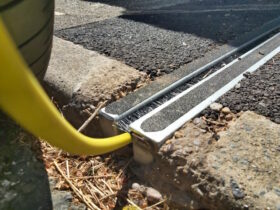

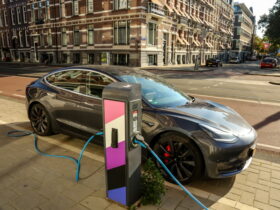



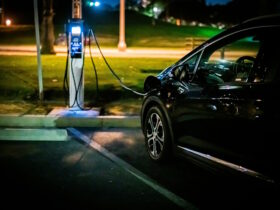
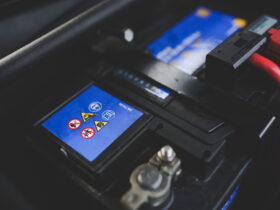




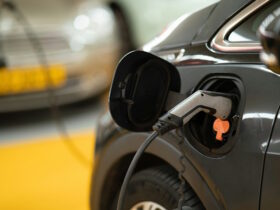
Follow Us